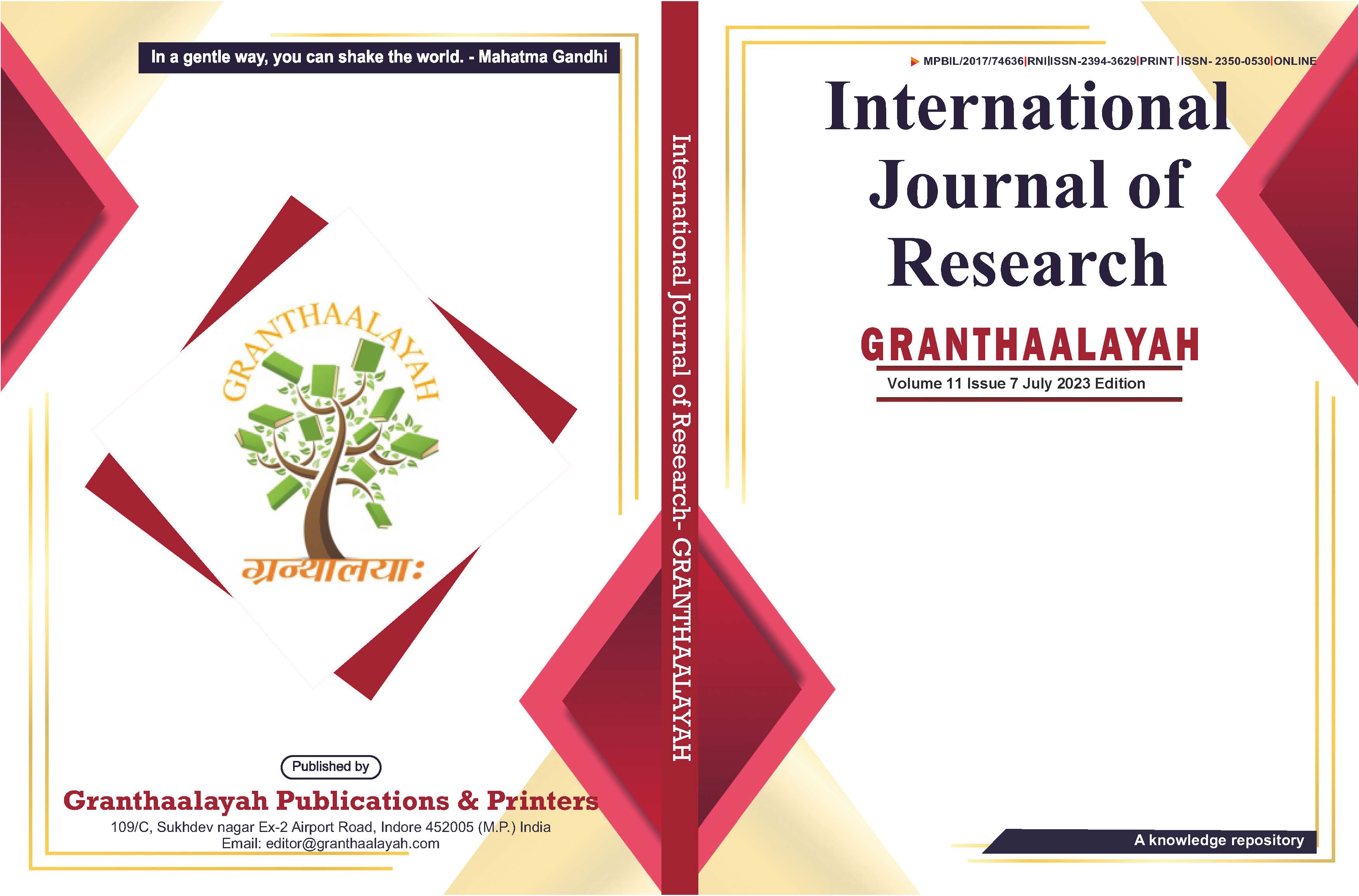SULTANATE INDIAN SOCIETY - A HISTORICAL INTERPRETATION
DOI:
https://doi.org/10.29121/granthaalayah.v11.i7.2023.5280Keywords:
Sect, Ulema, Adultery, Control, Taxpayer, Lawsuit, Slave, Revenue, NiramishAbstract [English]
The society of the Sultanate rule in India has its own characteristics. Before the arrival of Muslims in India, many castes had made their debut like Kushan, Shaka, Greek, Parthian etc. but Indian civilization and culture was so big that in course of time all these castes were merged in Hindu society. But at the time of the arrival of the Muslims, there was a big difference in the composition of the Indian society. The Hindu people were divided into many classes, sects, castes and sub-castes and their receptive power was destroyed. On the contrary, the Muslims had their own personal civilization and their own religion. They had not only come for political victory of India but also for cultural and religious victory, which could not be influenced by Hinduism. They came to India to propagate Islam and destroy idol worship. Therefore, from the very beginning, the Muslims remained separate from the Hindus and in this way the Indian society during the Sultanate period was divided into two parts - (a) Muslim society and (b) Hindu society
Downloads
References
Bhattacharya, S. (2008). Economic History of Modern India (1850-1947). Rajkamal Prakashan, 59.
Mittal, A. K. (2007). History of India. Sahitya Bhavan, 183.
Pandey, S. (2009). MughalKaleen Hindu Teej Festival (Ed. 1). Satyendra Prakashan, 80-83.
Rachna (1999). Brief History of India (History of Medieval India) (Ed. 2). Rachna Prakashan, 17.
Sharma, R. N. (2017). Five Elements. Ambikapur, 5(5), 66.
Shrivastav, V. (2016). Central India Journal of Historical Archaeological Research, 170.
Published
How to Cite
Issue
Section
License
Copyright (c) 2023 Hoblal Sahu

This work is licensed under a Creative Commons Attribution 4.0 International License.
With the licence CC-BY, authors retain the copyright, allowing anyone to download, reuse, re-print, modify, distribute, and/or copy their contribution. The work must be properly attributed to its author.
It is not necessary to ask for further permission from the author or journal board.
This journal provides immediate open access to its content on the principle that making research freely available to the public supports a greater global exchange of knowledge.

























